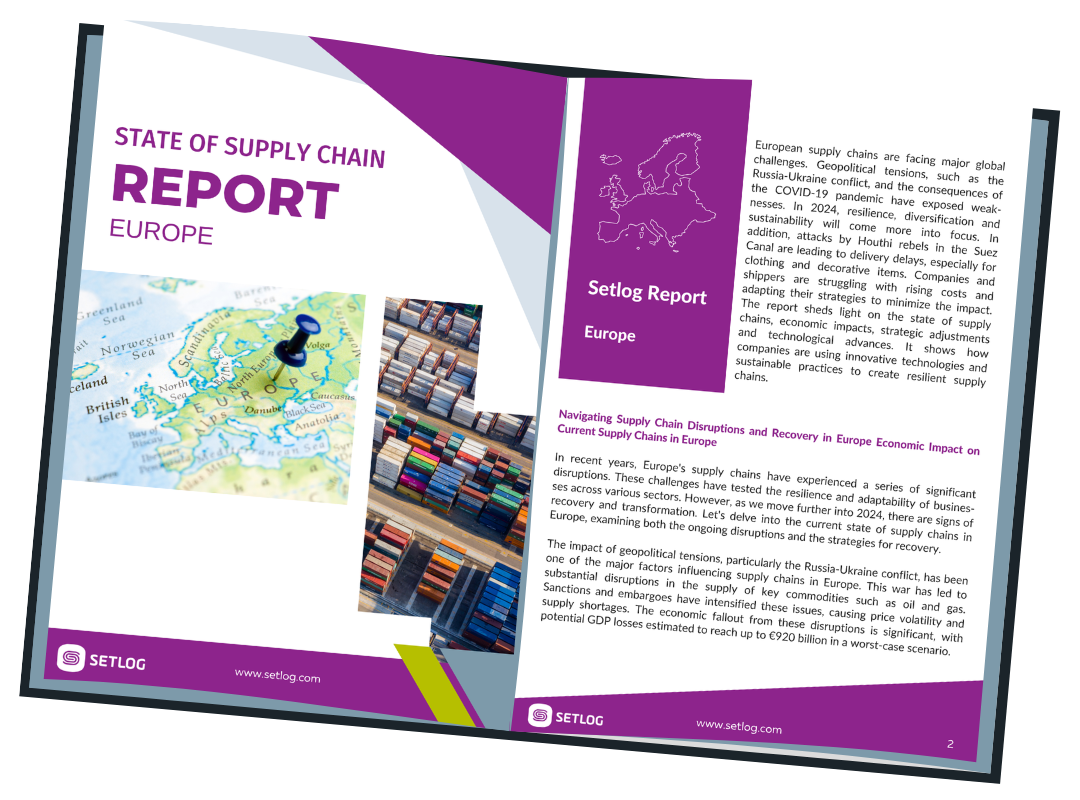The COVID-19 pandemic served as a wake-up call for companies around the globe, exposing just how fragile global supply chains truly are. Since then, supply chain executives have moved into the spotlight of corporate leadership. What was once viewed as a back-office function has rapidly evolved into a strategic powerhouse. Today, Chief Supply Chain Officers (CSCOs) are no longer confined to overseeing operational logistics – they are shaping resilience, driving sustainability, and leading digital transformation, all while securing their place in the C-suite.
The CSCO’s Role in the C-Suite: From Exception to New Standard
Just a few years ago, the Chief Supply Chain Officer (CSCO) was rarely represented by name at the executive level in many companies. Today, their presence in the C-suite is no longer the exception. It signals a fundamental shift in corporate structure. Once managed from the sidelines, supply chains have become a central pillar of business strategy, directly impacting revenue, brand reputation, and long-term success.
Bringing the CSCO into the C-suite is more than just a response to crises. It reflects a deeper understanding: supply chains must be managed from end-to-end across departments, with a focus on risk, and driven by technology. In today’s global economy, companies that aim to stay competitive need supply chain expertise at the core of leadership. Increasingly, companies are embracing this reality and establishing the CSCO as a permanent force in executive management.
Core Competencies of the Modern Supply Chain Executive
Today’s CSCO faces the challenge of making decisions in times of uncertainty. Decisions that must be fast, well-founded, and carry implications for the entire company. This demands strong analytical capabilities and the ability to translate complex interdependencies into clear, actionable strategies.
But technical expertise alone is not enough. To drive change within the C-suite, a CSCO must speak the language of other business functions. They need to articulate why redundancy doesn’t contradict efficiency, or how short-term cost increases can lead to long-term stability. Strategic strength lies not only in supply chain expertise, but in the ability to make that expertise matter at the executive level.
Supply Chain Leadership in Practice: When Empowerment Makes the Difference
Recent years have shown the true potential of supply chain leadership, especially when CSCOs are empowered to contribute as equals in executive decision-making. Companies where CSCOs were not just reacting but actively shaping outcomes were often the first to sustainably evolve their sourcing and supply strategies.
What sets these companies apart isn’t just technology or budget. It’s the trust placed in their supply chain leaders’ decision-making capabilities. Those who granted early autonomy were able to respond more quickly and emerge from crises with greater resilience. One thing is clear: supply chains cannot be stabilized from the bottom up. They require leadership, backed by full support from the top of the organization.
The Status and Future of the CSCO Role
The Chief Supply Chain Officer is still far from being a standard presence in the C-suite and even where the role exists, its position is often not firmly secured. While the importance of the CSCO has grown significantly in recent years, there are clear signs of regression. According to a Forbes analysis (October 2024), industry experts have observed increasing complacency among executive teams: supply chain is seen as “managed,” and attention is shifting back to other priorities.
This mindset ignores the reality. Complexity, regulatory pressure, and geopolitical instability have made the supply chain a permanent component of risk management and a critical pillar of any growth strategy. The CSCO is no longer just a crisis responder. They are becoming the architect of digital, resilient, and sustainable business models.
But this role requires structural backing. Organizations that truly embed the CSCO in the C-suite are investing in agility and long-term viability. The question is no longer whether supply chain deserves a seat at the leadership table but whether companies can afford to leave it out.
The Future of European Supply Chains
Discover how resilience, diversification, and sustainability are reshaping Europe’s supply chains in 2024 — and how your business can benefit. Get all the insights in our free report!

